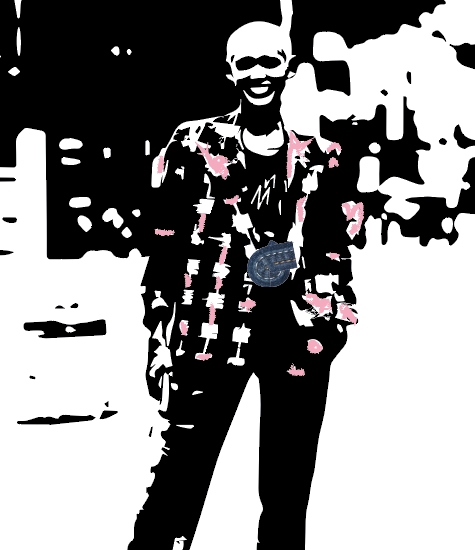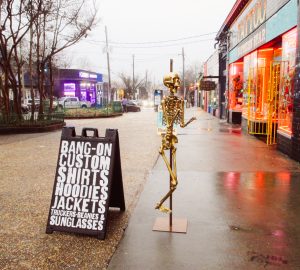Will the chain of fashion in social classes ever be broken?

Fashion is constantly changing and it does so while dynamically encompassing every aspect of its make up – a style, an aesthetic or its construction. In my opinion, this alteration can be defined as trends and it’s a factor that divides people into social classes.
The concept of fashion was initially made for high-class society. It was used as a weapon of distinction reserved just for them, as certain fabrics were hard to obtain and needlework was expensive and thus only the rich could afford them. But as soon as inferior social classes find ways to adopt or imitate them, the contrast between these groups start to fade away.
In today’s society, we can see how there is no line of distinction anymore. The varying trends that come out every season filters into all types of stores, from those at the top tier to the lowest level.
An example of a fashion trend that was started out by a high fashion brand was the use of a blazer, but combined with casual apparel items like sneakers, jeans or athleisure wear.
The progression of this trend and is accessibility is linear: one first catches it on the runway, then later seen by celebrities’ street style images and ultimately, it’s found its way to a fast fashion retailer and appears on a typical fashion magazine.
The high-class society will likely invent another look or style that will separate them from lower classes. It works in a cycle in which the lower in status group aspires or looks up to how the first-rate population acts in terms of fashion.
They way trends become accessible to all types of categories is a result of these social classes having no distinction to one another. In Georg Simmel’s “The Philosophy of Fashion,” the author argues this with a simple sentence: ” … Objects of fashion, outside of external things, are very particularly accessible by the simplicity of money.”





















